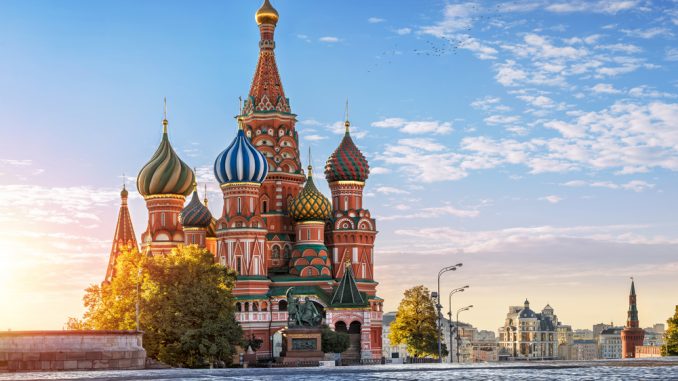
For centuries, people have marveled at the ornate brickwork and distinctive polychrome onion domes of the Church of Intercession of Most Holy Theotokos (Mary Mother of God) on the Moat, commonly known as the Cathedral of Basil the Blessed, in Moscow. Remarkably, the cathedral took just six years to complete, with the building work finished around 1561.
Csar Ivan IV (the Terrible) commissioned the church to commemorate his victory over the khanate (kingdom) of Kazan, a win that culminated on the Day of Intercession, in 1552.
Despite the church’s almost whimsical appearance, the design is ordered. The layout accommodates ten chapels, nine of which commemorate an event or battle that led to Ivan’s victory. The largest chapel, in the center, is called something very similar to the whole’s building’s name: the Church of the Intercession of Most Holy Theotokos (Mother of God). It is surrounded by four large chapels, each positioned at one of the four compass points. An additional four chapels are equally interspersed between those four chapels, positioned at the intermediate compass points.
Myriad galleries decorated with religious frescoes and oil paintings as well as colorful murals featuring flowers and ornate flourishes connect the chapels.
A tenth chapel, the Church of St. Vasily (Basil) the Blessed, was added in 1588 to commemorate St. Basil who lived in Moscow. The Russian Orthodox saint was known as a “holy fool of Christ,” a person who relinquished worldly and societal norms to serve God. Basil was believed to be a seer who could perform miracles. Basil often wore no clothes, only chains. He helped people in need and was believed to be a seer who could perform miracles.
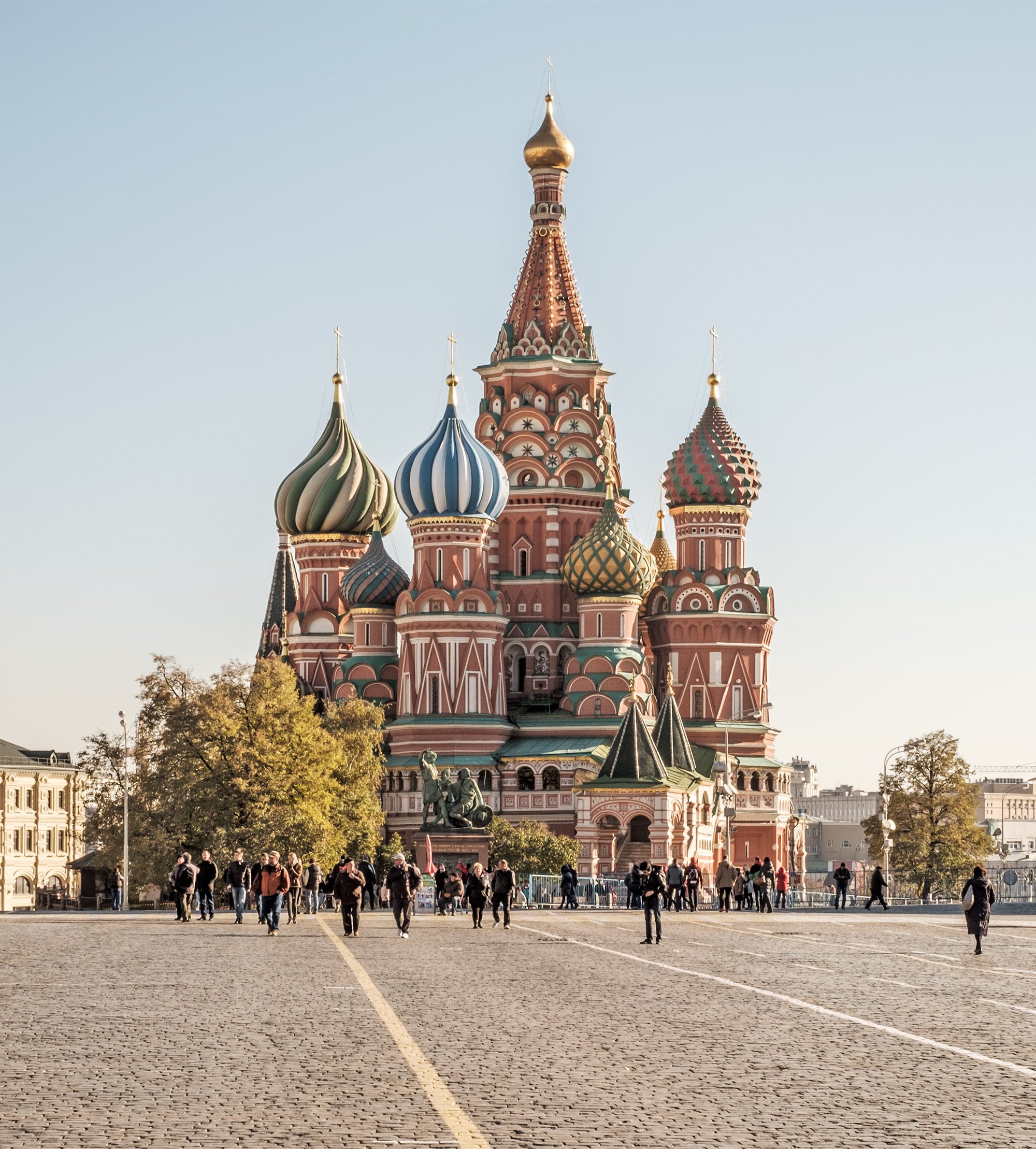
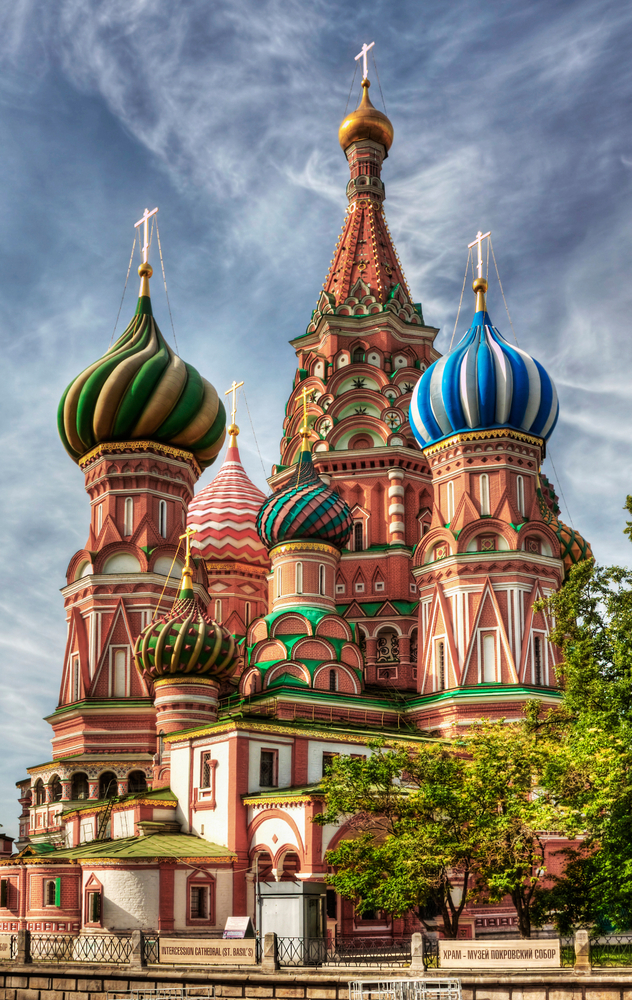
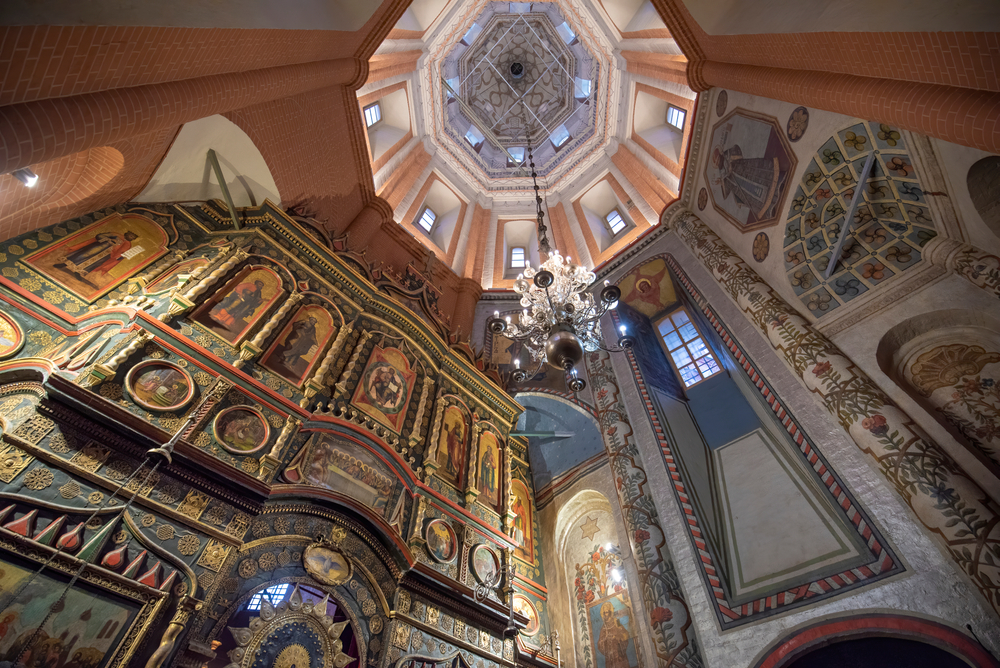
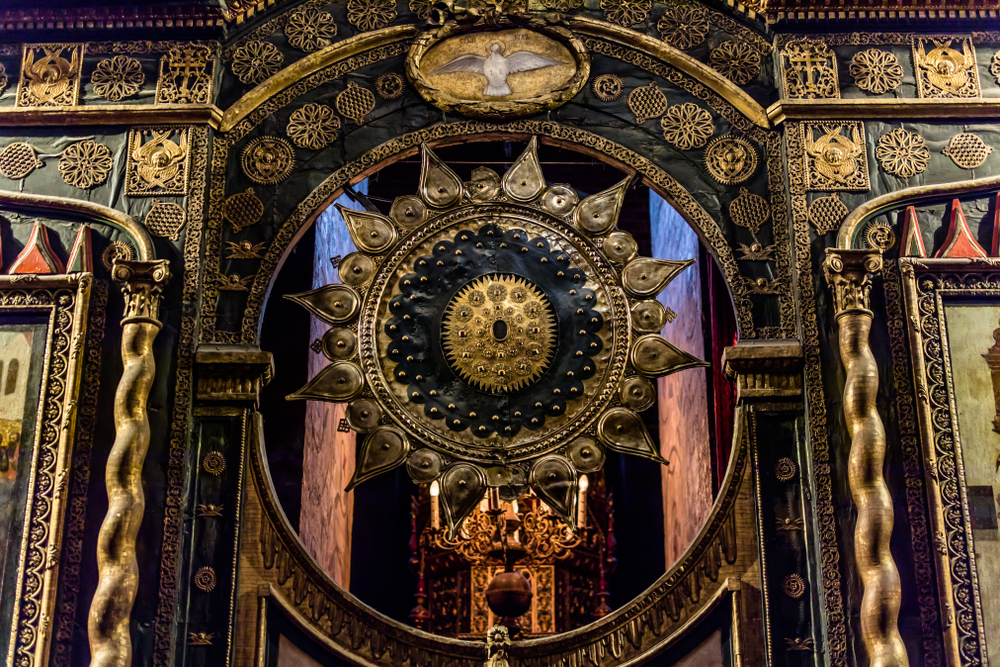
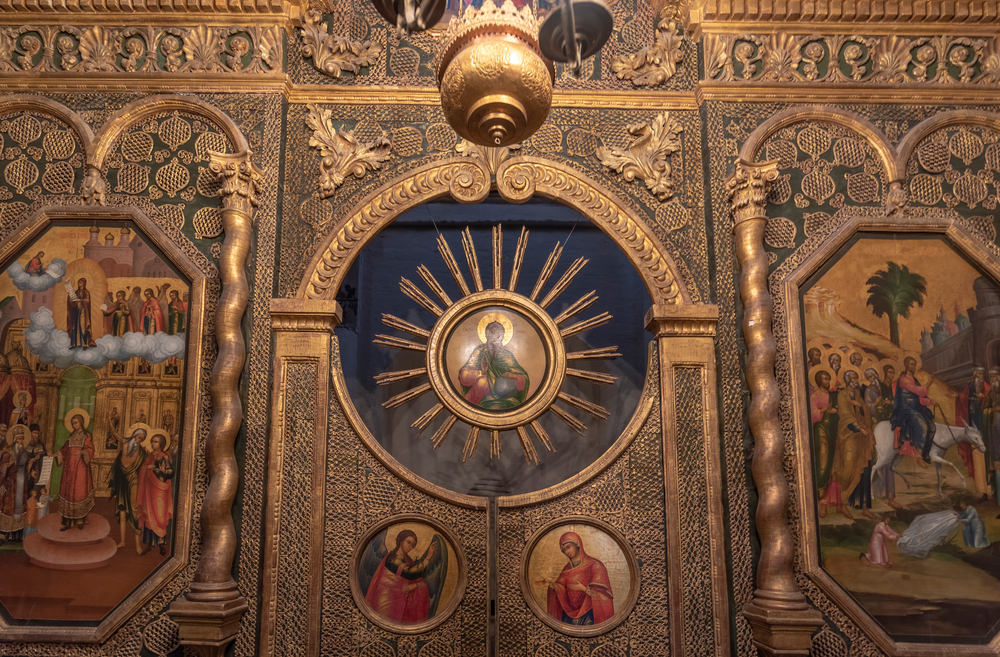
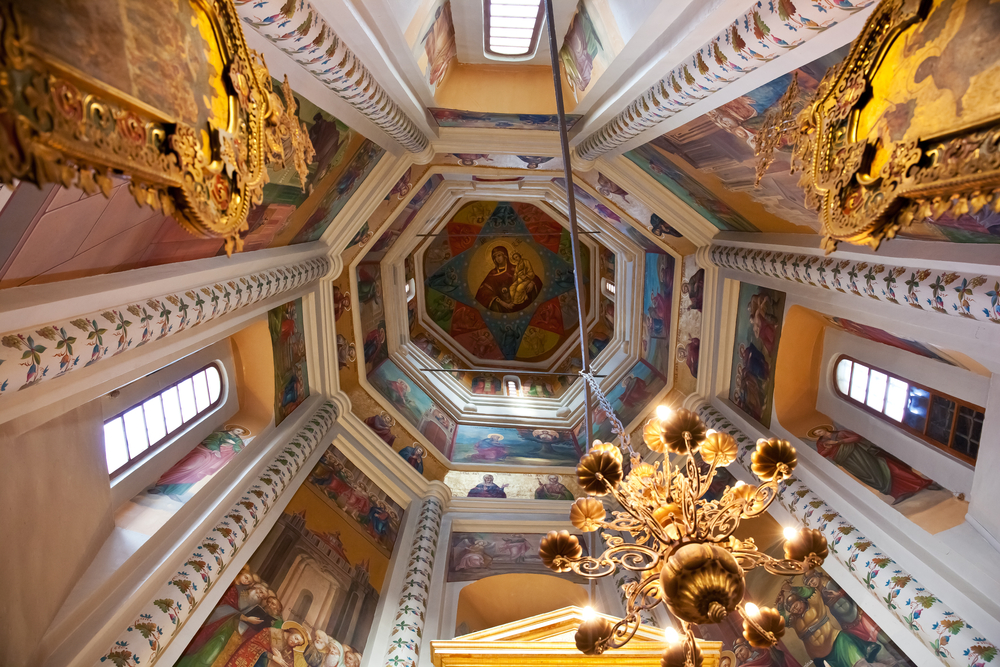
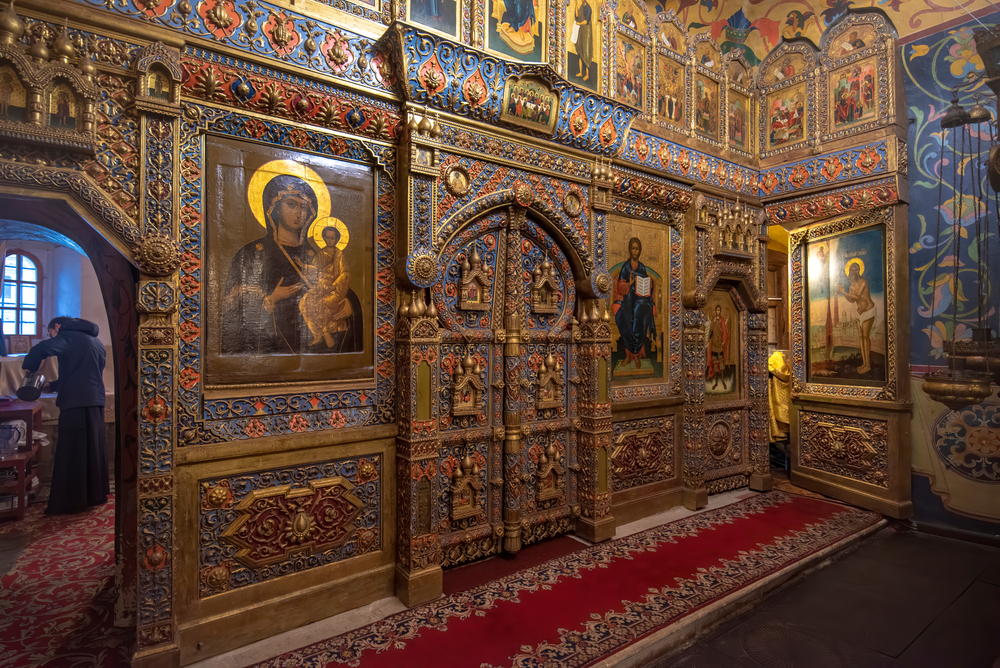
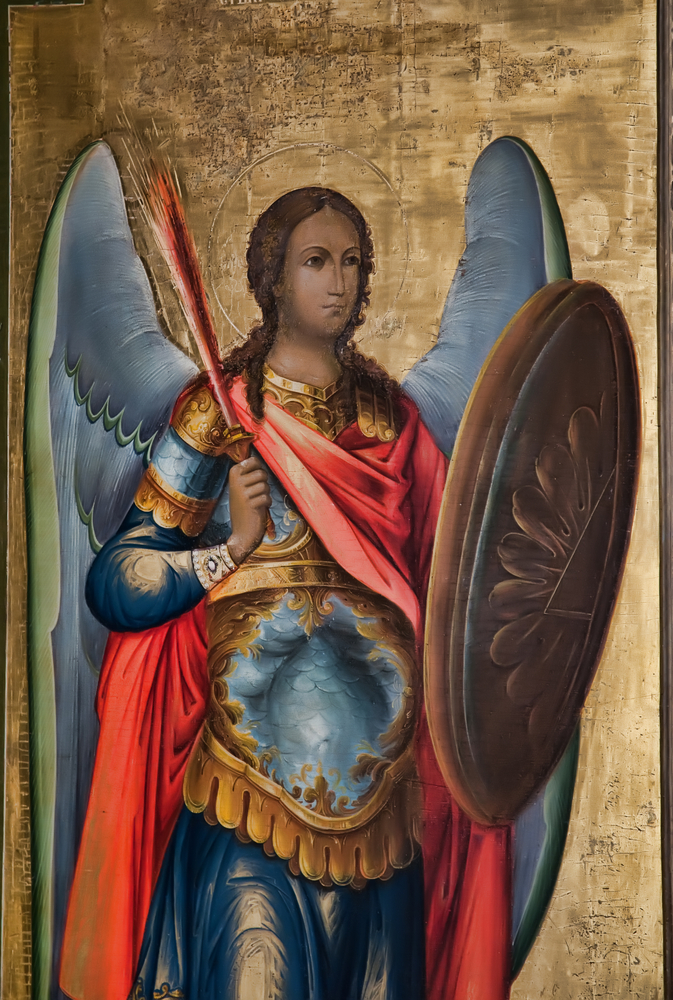
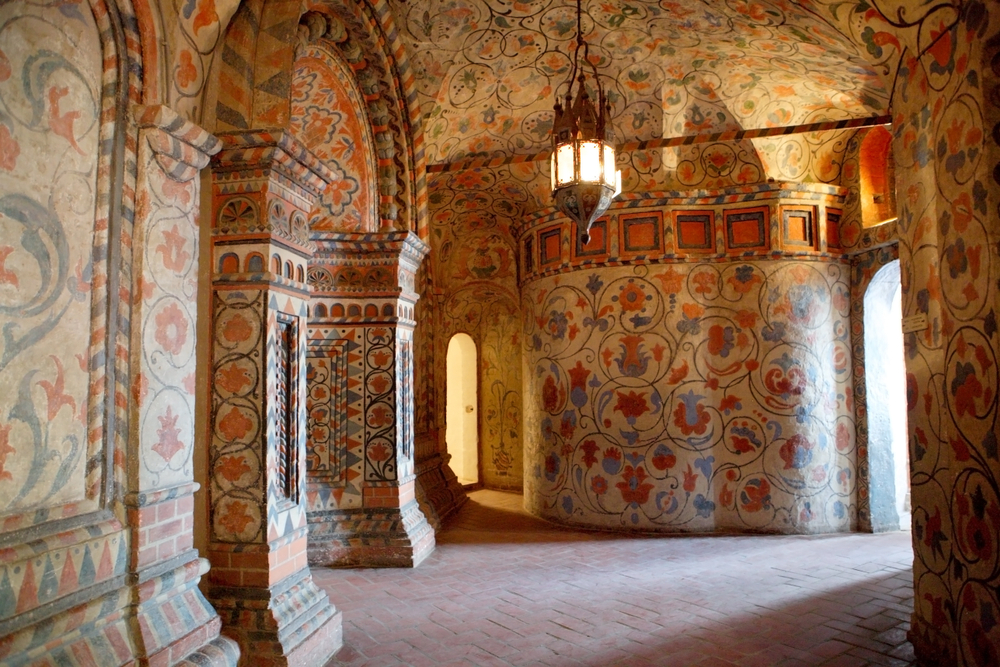



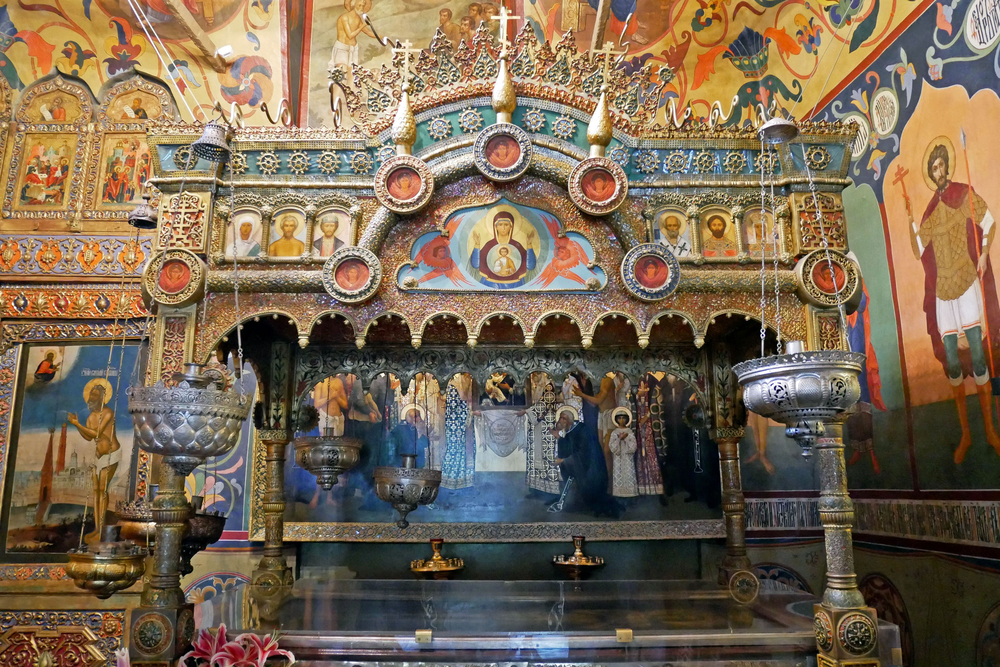





Be the first to comment